
Monumento a Vittorio Emanuele II em Roma 105 opiniões e 364 fotos
In the heart of Rome stands the Monumento Nazionale a Vittorio Emanuele II (National Monument to Victor Emmanuel II), better known as Il Vittoriano. The colossal monument to Italy's first king, Vittorio Emanuele II (b. 1820/r. 1861-78), was designed by a young architect, Giuseppe Sacconi (1854-1905).

Vittorio Emanuele II Monument History, architecture and view HelpTourists in Rome
The Victor Emmanuel II National Monument ( Italian: Monumento Nazionale a Vittorio Emanuele II ), also known as the Vittoriano or Altare della Patria ("Altar of the Fatherland"), is a large national monument built between 1885 and 1935 to honour Victor Emmanuel II, the first king of a unified Italy, in Rome, Italy. [2]

Vittorio Emmanuel II Monument
The Venezia Square (Piazza Venezia) is located in the heart of central Rome and useful to access to major attractions. Towering And a huge white building in the center of this square is Vittorio Emanuele II Monument. It was built to commemorate the first king Vittorio Emanuele II, who had played a major role for the unification of Italy (1870).
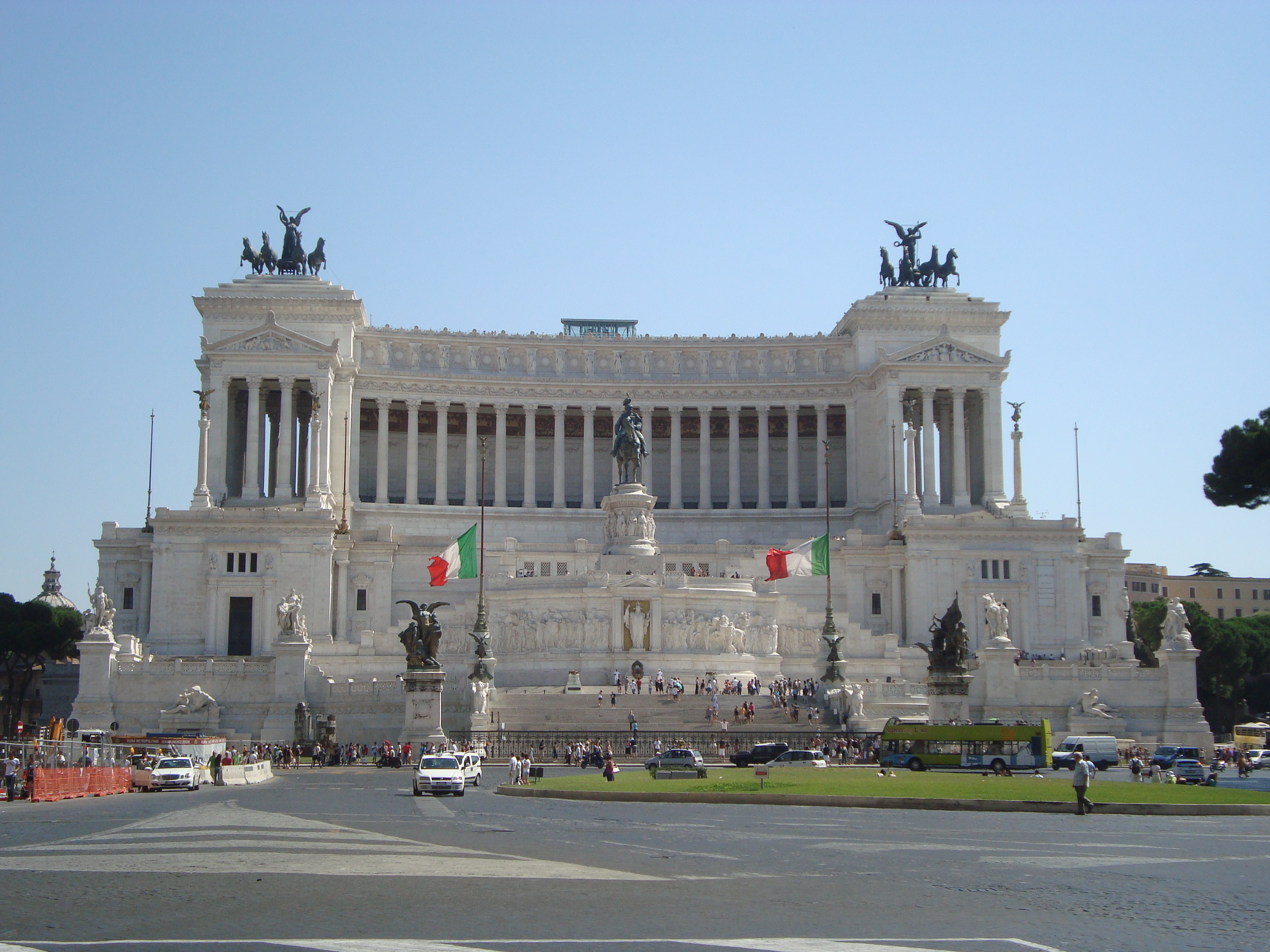
Victor Emanuel II Monument
history what to see not to miss info and timetables The most important monument to the first king of Italy, Victor Emmanuel II, a symbol of the nation and of its democratic and European values A visit to the Monument to Victor Emmanuel II, or Vittoriano, is an experience not to be missed by anyone, whether Italian or non-Italian.

Rome, Monumento a Vittorio Emanuele II TravAgSta
Chemins de mémoire - Victor-Emmanuel II (Dec. 15, 2023) See all related content →. Victor Emmanuel II (born March 14, 1820, Turin, Piedmont, Kingdom of Sardinia—died January 9, 1878, Rome, Italy) king of Sardinia-Piedmont who became the first king of a united Italy. Brought up in the court of his father, Charles Albert, and given a.

Monumento a Vittorio Emanuele II Qué ver en Roma
Monumento a Vittorio Emanuele II 12,430 reviews #9 of 2,410 things to do in Rome Monuments & Statues Closed now 9:30 AM - 7:30 PM Write a review About Nicknamed the "Wedding Cake" or "typewriter" for its unusual shape, the majestic Vittoriano monument in Piazza Venezia is dedicated to Italy's first king. Duration: 1-2 hours
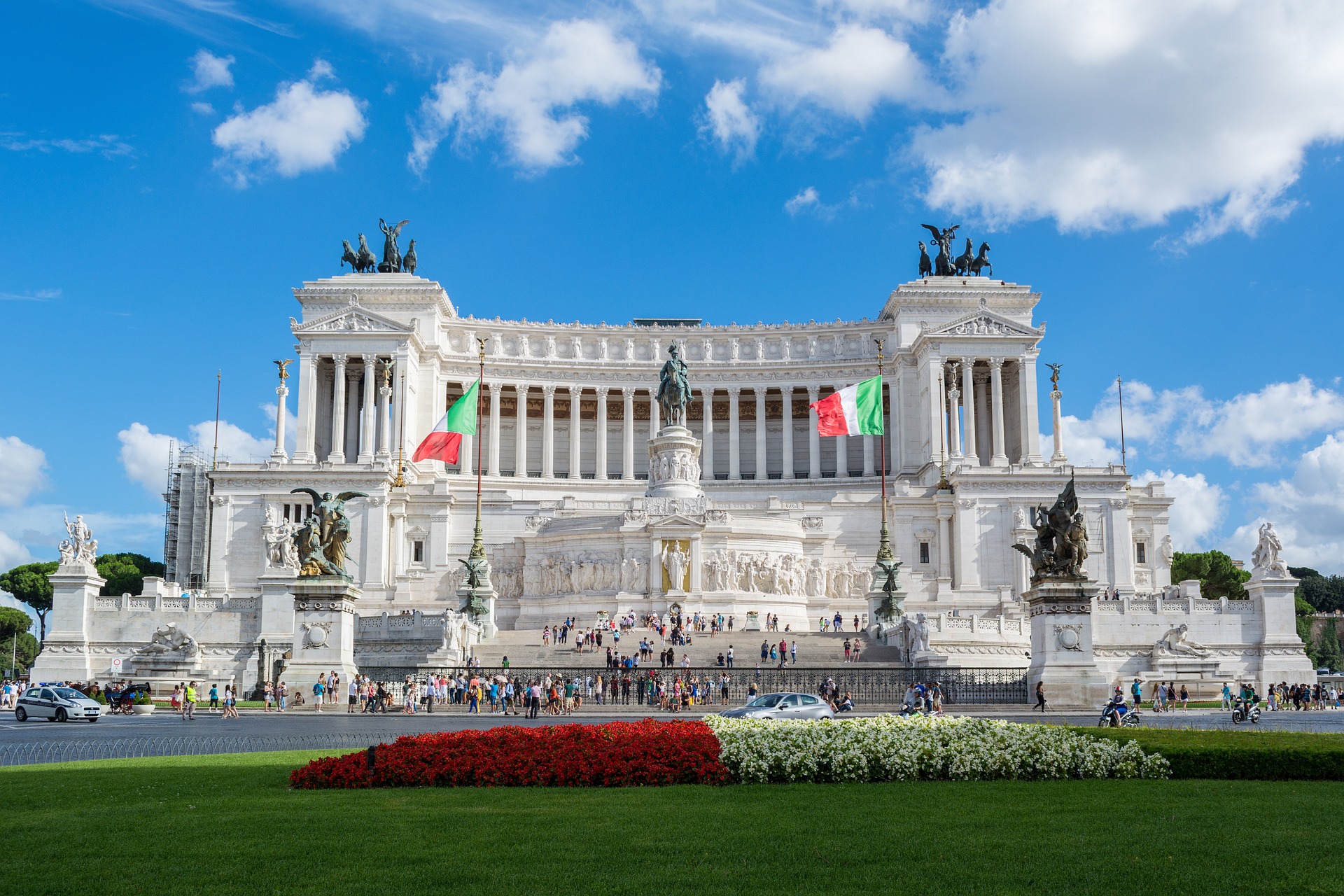
Le monument à VictorEmmanuel II Destination Rome
Nestled in Piazza Venezia, at the end of Via del Corso, the Victor Emmanuel II Monument - the Monumento nazionale a Vittorio Emanuele II in Italian - is a gigantic neo-classical building celebrating the unification of Italy under the aegis of its first king: the legendary Victor-Emmanuel II. Follow the guide! 💡 The Captain's tip 💡

Monumento a Vittorio Emanuele II (Roma) 2023 Lo que se debe saber antes de viajar Tripadvisor
A small construction to the right of the Vittoriano - at the foot of the steps leading to the Capitol - is what remains of the ancient medieval buildings. The works were carried on by Gaetano Koch, Manfredo Manfredi and Pio Piacentini and were considered completed only in 1935.
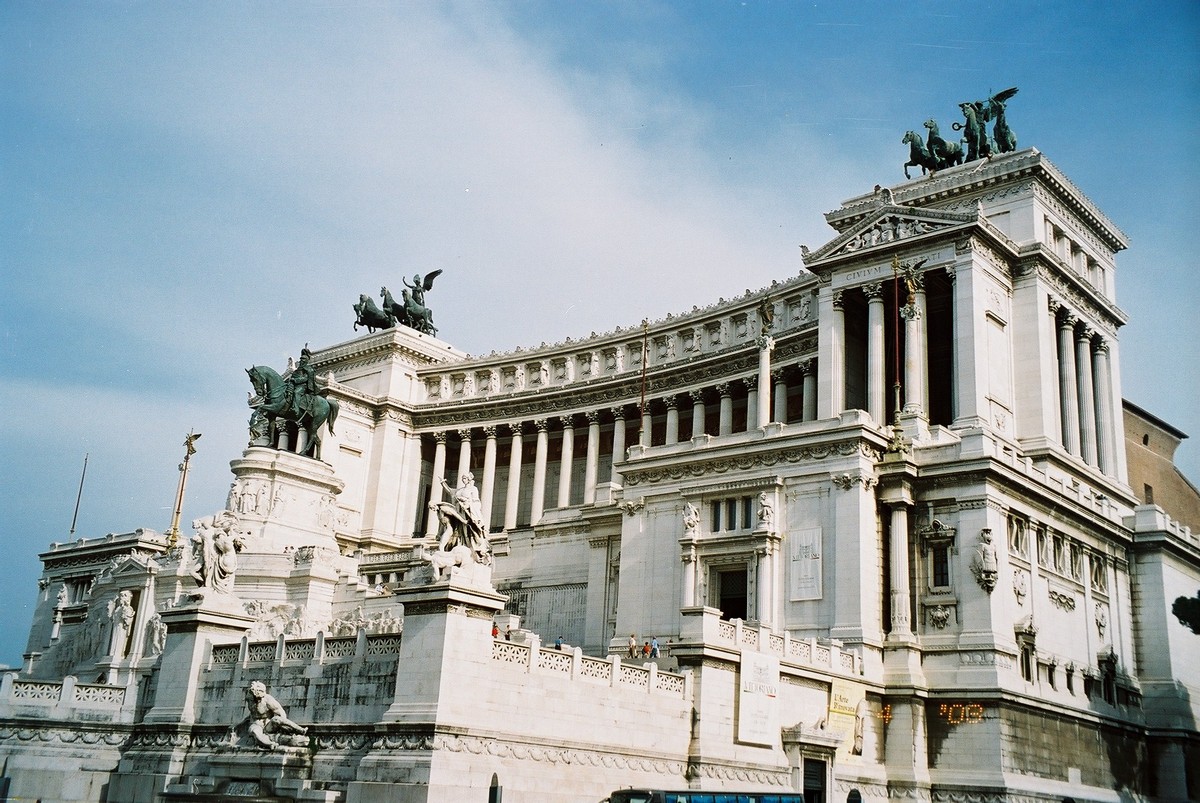
Monumento a Vittorio Emanuele II, Roma Roma
Officially known as the Monumento Nazionale a Vittorio Emanuele II, the enormous white marble monument that dominates Piazza Venezia was built as a tribute to the first king of a united Italy,. The Victor Emmanuel Monument is not exactly known as one of Rome's most beautiful structures. It is considered too monumental, and the bright white.

Monumento a Vittorio Emanuele II, Roma Travel Photos, Cityscape, Louvre, Greats, Architecture
Il Vittoriano, Monumento a Vittorio Emanuele II, or Altare della Patria (Altar to the Fatherland) is one of the most distinctive and controversial monuments in Rome. It is a large neoclassical, big white building towering above Piazza Venezia, in Rome city center, and one you are unlikely to miss when visiting Rome.

Vittorio Emanuele Rome Italy Free photo on Pixabay Pixabay
In the heart of Rome stands the Monumento Nazionale a Vittorio Emanuele II (National Monument to Victor Emmanuel II), better known as Il Vittoriano. This colossal monument to Italy's first king, Vittorio Emanuele II (b. 1820/r. 1861-78) was designed by a young architect, Giuseppe Sacconi (1854-1905).Work began in 1885 and, though it was inaugurated in 1911, the fiftieth anniversary of the.
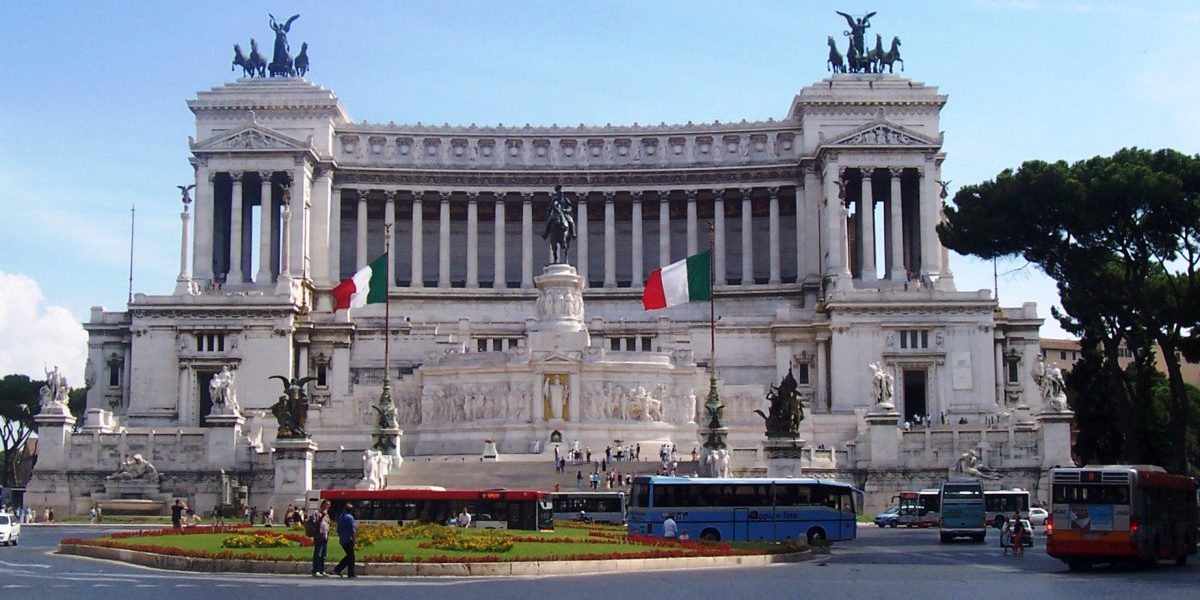
MONUMENTO VITTORIO EMANUELE ROMA
The memorial commemorates the unification of Italy in 1861. As well as the associated first king of Italy, Viktor Emanuel II (Vittorio Emanuele in Italian). On the occasion of his death in 1878, it was decided to erect a monument to celebrate the unification of the country and the first king of Italy and to commemorate the entire Risorgimento era.

(18851911) Monumento a Vittorio Emanuele II, Roma Giuseppe Sacconi Rome, Italy, Rome italy
Biography Victor Emmanuel II in 1849 Portrait of Victor Emmanuel, with a battle in the background (1848) Charles Albert of Sardinia father of Victor Emmanuel II Maria Theresa of Austria mother of Victor Emmanuel II Victor Emmanuel was born as the eldest son of Carlo Alberto Prince of Carignano, and Maria Theresa of Austria.
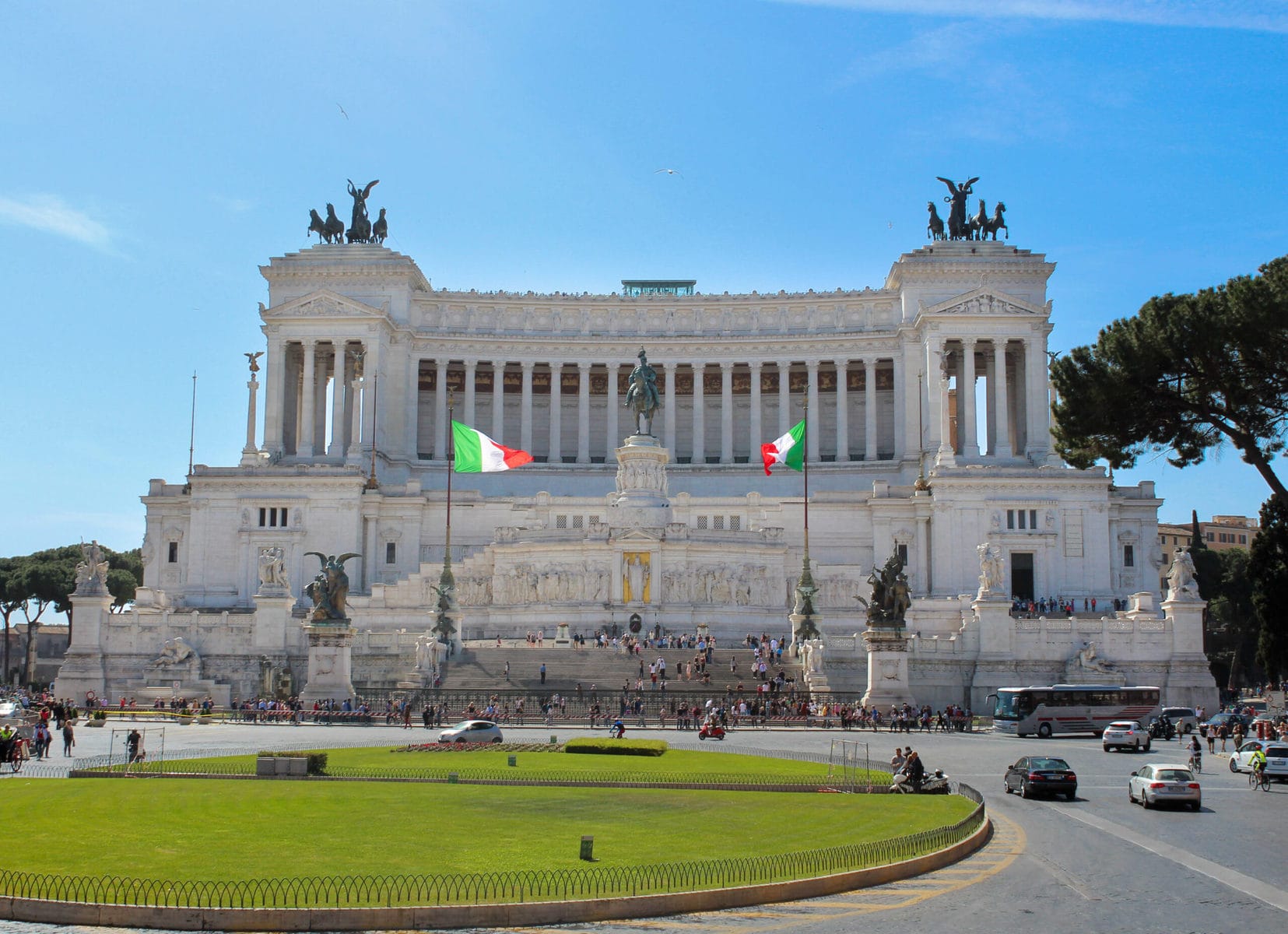
Nationaldenkmal Vittorio Emanuele II. Öffnungszeiten und Preise 2023
Inaugurated in 1911 to pay respect to Victor Emmanuel II, the Monumento Nazionale a Vittorio Emanuele II (Altare della Patria) is an imposing building located in Piazza Venezia. It provides some breath-taking views of Rome.

Monumento Nazionale a Vittorio Emanuele II Piazza Venezia Rome Italy Wonders of the
Italians also call the Monument of Victor Emanuel II ' Il Vittoriano ' and ' Altare della Patria ', or altar of the fatherland. The monument commemorates the unification of Italy in 1861 and the first king of Italy, Victor Emmanuel II. Although this monument was built in his honour, he is not buried there. Instead, he is buried in the Pantheon.

WS LD Monumento Nazionale A Vittorio Emanuele II / Rome, Italy Stock Video Footage Storyblocks
Victor Emmanuel III (11 November 1869 - 28 December 1947), born Vittorio Emanuele Ferdinando Maria Gennaro di Savoia, was King of Italy from 29 July 1900 until his abdication on 9 May 1946. A member of the House of Savoy, he also reigned as Emperor of Ethiopia (1936-1941) and King of the Albanians (1939-1943).